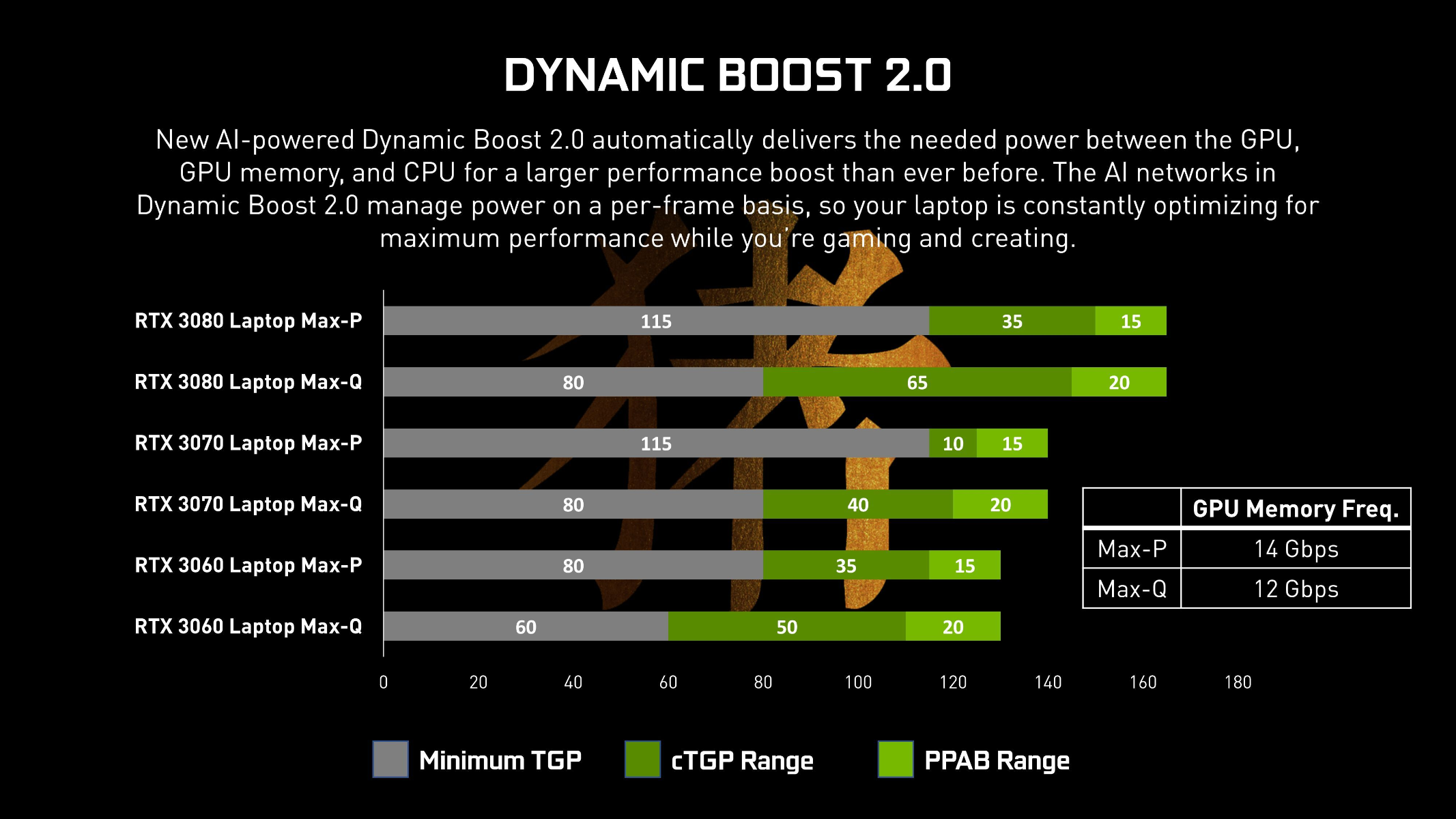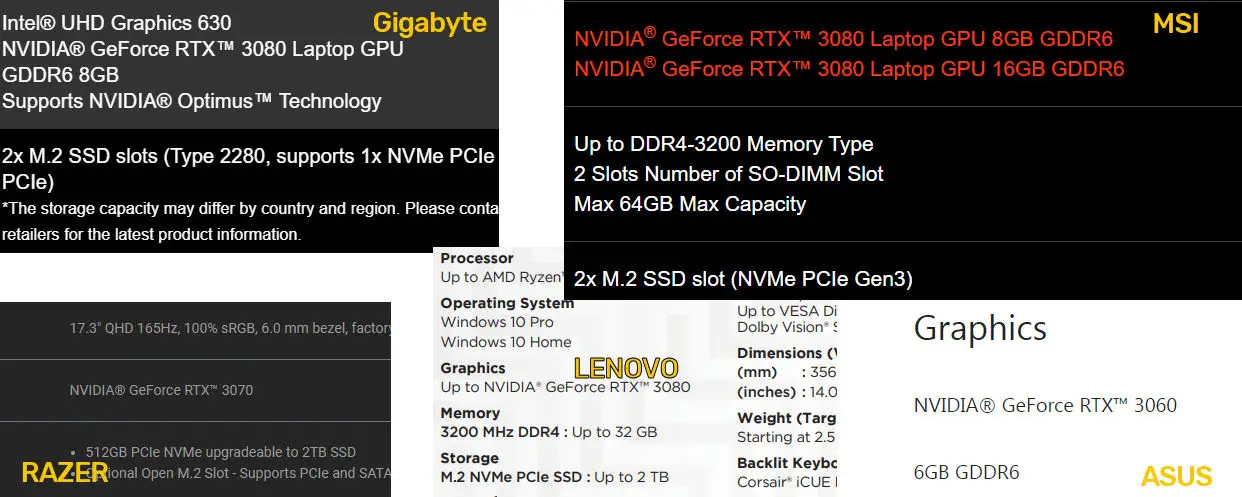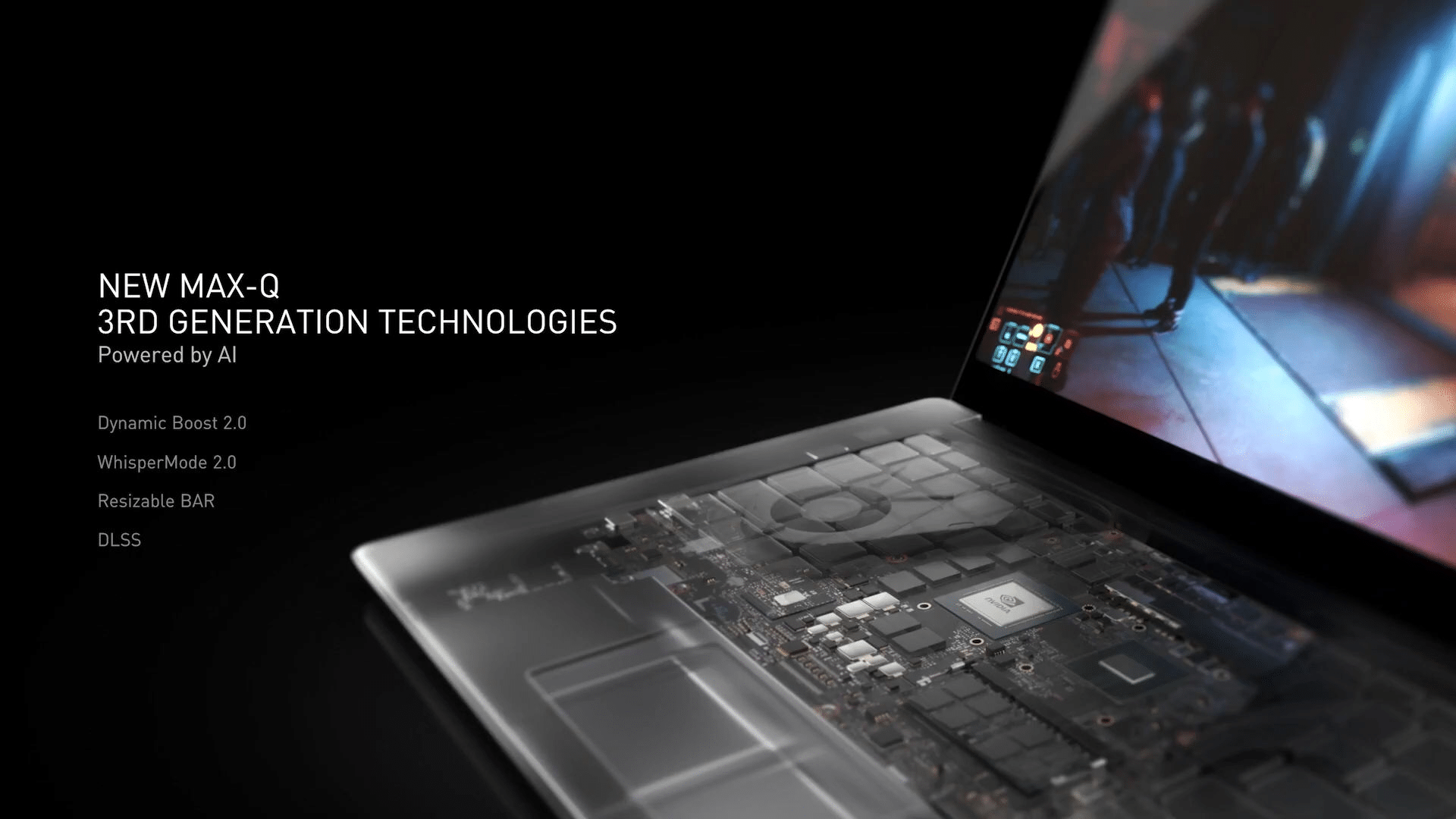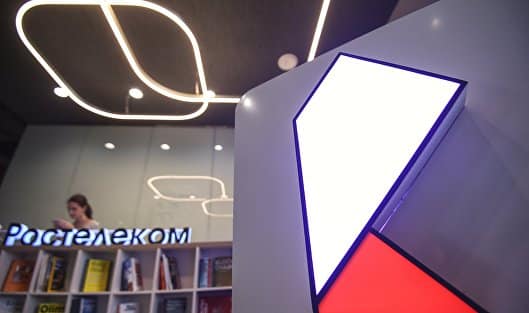Last week, there was a message from Notebookcheck that NVIDIA is no longer going to split its mobile GPUs into Max-Q and Max-P variants. This information was quickly confirmed as all major laptop makers dropped the “Max” label for the discrete GeForce RTX 3000 graphics cards used in their laptops.
As a result of the disappearance of the Max-Q trademark from manufacturers’ websites, consumers no longer know which GeForce RTX 3000 GPU variant they are buying, unless the manufacturers specify GPU specifications, which they usually do.
After the news broke, NVIDIA released a statement explaining that the split is not really going away. Max-Q and Max-P are used to describe which TGP (Total Graphics Power) variant is used in the laptop. The third generation Max-Q is no longer just a TGP variation, but rather a set of technologies that can help manufacturers adjust power to meet the laptop’s strict temperature and noise limits.
Since 3rd Generation Max-Q is a collection of technologies, OEMs must specify which technologies they support. NVIDIA recommends manufacturers specify the exact TGP and clock speed for their RTX 3000 series notebook GPUs, but since this is just a guideline and not a requirement, manufacturers tend to simply ignore it.
NVIDIA claims that consumers can easily check which TGP variant is installed in their laptop with an RTX 3000 graphics card, though they need to buy it first. Or it remains to wait for reviews of specific models and then make a choice of the required laptop model.
Historically, big companies like ASUS, MSI, and Gigabyte have not indicated which TGP variants their laptops are using. Smaller ODMs often do this, however, as they tend to offer full-fledged Max-P options in order to attract more buyers to their products.

The network also posted a statement from a representative of NVIDIA:
“Max-Q is not going anywhere. When we first introduced Max-Q back in 2017, this brand was originally used in naming GPUs as Max-Q only referred to GPU TGPs. Today the 3rd Gen Max-Q is more broad and represents a holistic set of platform technologies and a constructive approach to creating powerful and thin laptops.In addition, for more transparency in describing the capabilities of the laptop, devices with the RTX 3000 series graphics cards now show more information than ever, with an indication of the exact TGP, clock frequencies and functions supported.You will find this in the control panel, which now reports maximum power (TGP + Boost) and support for key features, including Dynamic Boost 2, WhisperMode 2, Advanced Optimus and others, all of which are subject to Max-Q …
We strongly encourage OEMs to specify clock speeds and other technologies that the laptop supports, including Advanced Optimus, Dynamic Boost 2, and others. Ultimately, like all features and specifications of a laptop, the manufacturer must specify what its particular laptop configuration supports. “
















